Optimal Timing for Driveway Refinishings
Driveway refinishings are most effective when performed during optimal weather conditions. Temperature, humidity, and sunlight play crucial roles in ensuring proper curing and adhesion of the resurfacing material. Timing the project correctly can extend the lifespan of the finish and reduce the likelihood of defects.
Spring and early fall offer moderate temperatures and lower humidity, making them suitable for driveway resurfacing projects.
The best temperature range for driveway refinishing is typically between 50°F and 85°F, ensuring optimal curing conditions.
Avoid refinishings during rainy or extremely humid days, as moisture can interfere with the adhesion process.
Significant temperature swings can cause cracking or improper curing, reducing the durability of the finish.
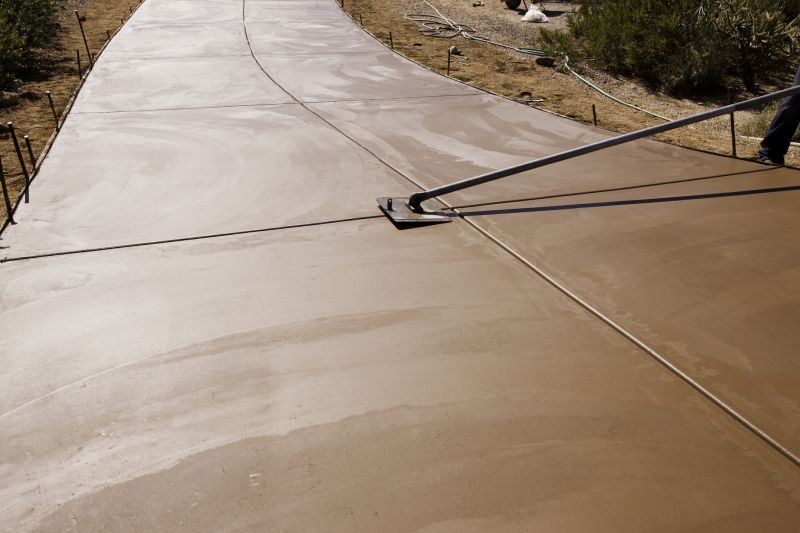
Spring offers ideal temperatures for resurfacing, with moderate warmth and lower humidity.
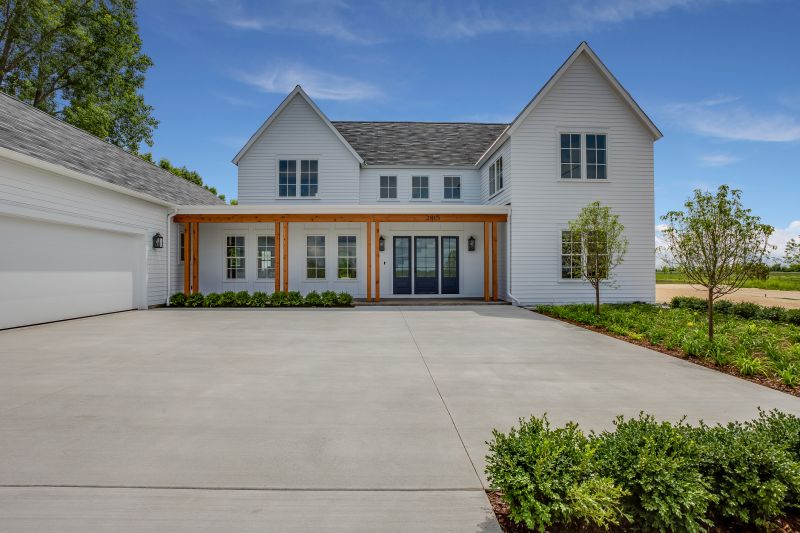
Summer can be suitable if temperatures are controlled, avoiding extreme heat that can cause rapid drying.
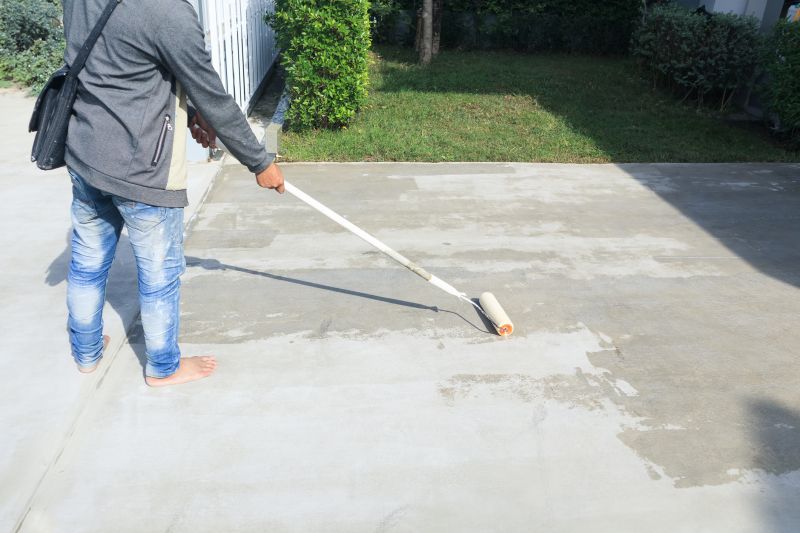
Early fall provides cooler temperatures and less humidity, making it a good time for driveway projects.

Ways to make Driveway Refinishings work in tight or awkward layouts.

Popular materials for Driveway Refinishings and why they hold up over time.

Simple add-ons that improve Driveway Refinishings without blowing the budget.

High-end options that actually feel worth it for Driveway Refinishings.
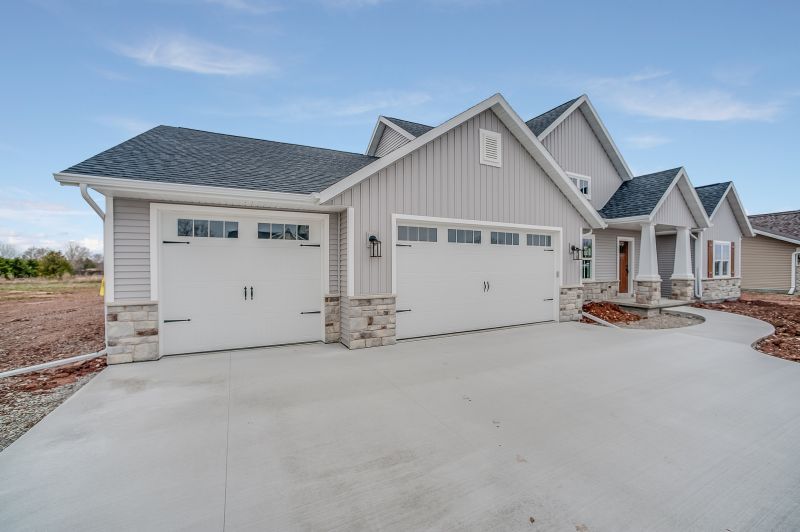
Finishes and colors that play nicely with Driveway Refinishings.
| Season | Recommended Conditions |
|---|---|
| Spring | Moderate temperatures, low humidity, dry weather |
| Summer | Warm temperatures, avoid extreme heat, dry conditions |
| Fall | Cooler temperatures, low humidity, dry weather |
| Winter | Not recommended due to freezing temperatures and moisture |
Driveway refinishing involves applying a new surface layer to restore the appearance and functionality of existing concrete or asphalt surfaces. Proper timing ensures the materials cure correctly, which is vital for durability. The process can significantly improve the driveway's resistance to cracks, stains, and weathering, extending its service life.
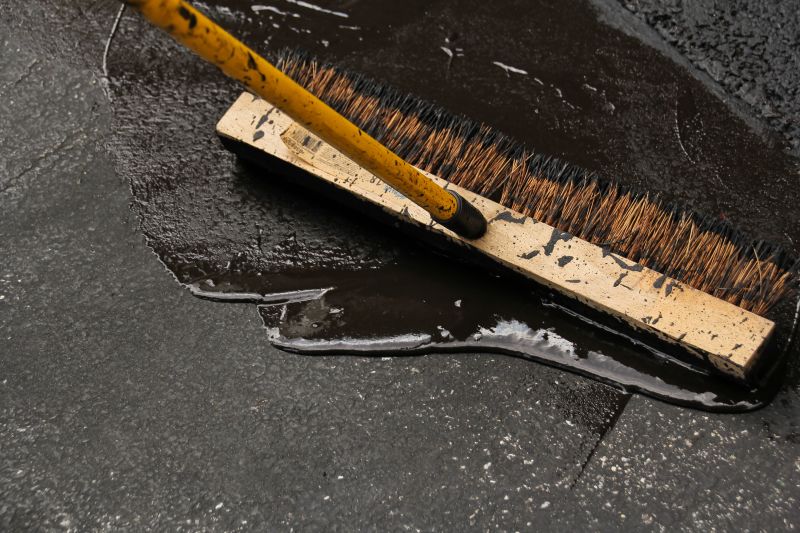
Preparation, cleaning, and applying the new surface are key steps in driveway refinishing.

Proper timing results in a smooth, durable, and visually appealing surface.
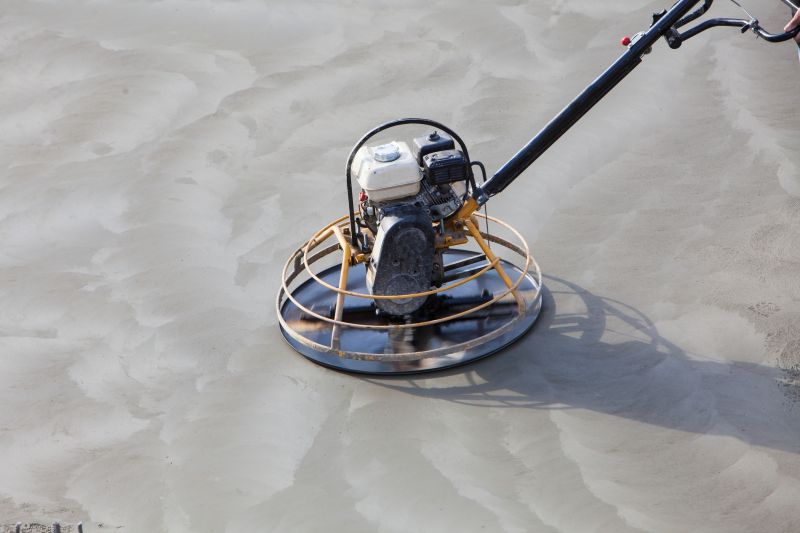
Specialized equipment ensures even application and proper curing of the surface.

Asphalt, concrete, and overlay surfaces are all suitable for refinishing.
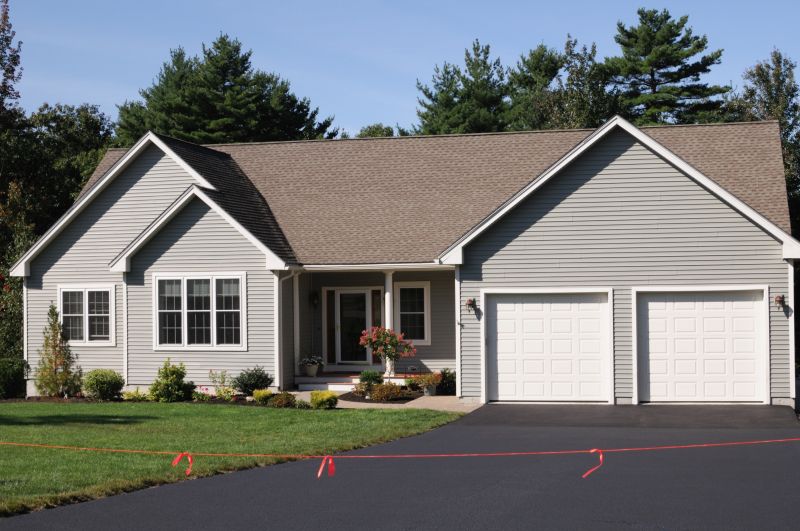
Little measurements that prevent headaches on Driveway Refinishings day.
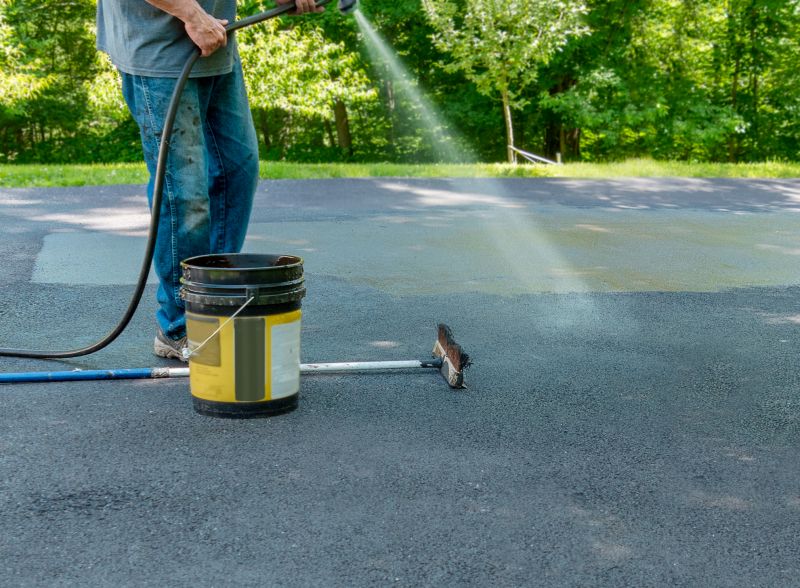
A 60-second routine that keeps Driveway Refinishings looking new.
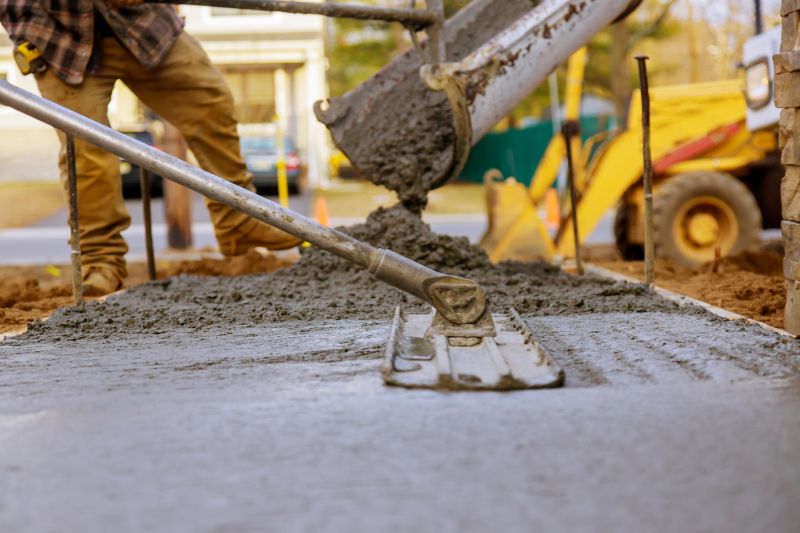
A frequent mistake in Driveway Refinishings and how to dodge it.
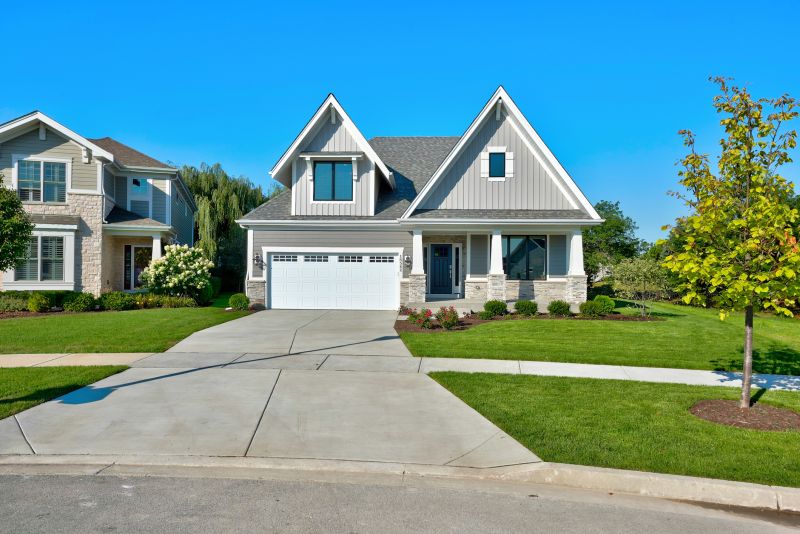
Small tweaks to make Driveway Refinishings safer and easier to use.
Scheduling driveway refinishing during optimal weather conditions can prevent issues such as peeling, cracking, or uneven surfaces. Proper timing also minimizes disruptions and ensures a longer-lasting finish, saving on future repair costs.
